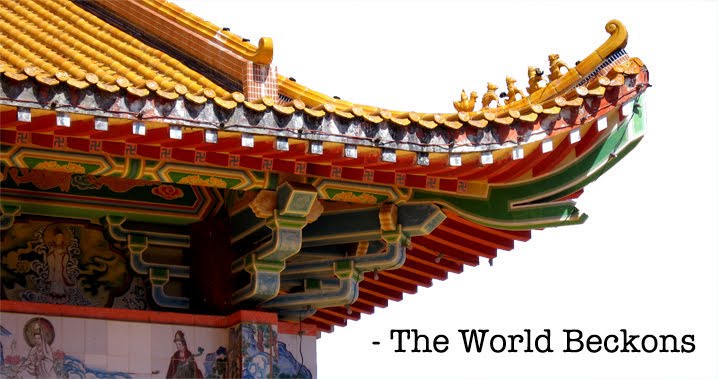 |
| ALICE in Wonderland. |
And for the one in front to open.
The security system at CERN is very sensitive, rejecting me several times before spitting me out the other side. Today, we're excused from retina scans.
Bobbing along in blue hardhats, we drop 100 metres into the Earth, where scientists are trying to better understand how the universe formed, what it's made of and how it works.
 |
| Watch out for collisions. |
We started at the ALICE experiment, learning about quark-gluon plasma and how scientists used the equipment to recreate conditions that existed one millisecond after the Big Bang. Eventually, they hope to get to an n of zero.
 |
| How does this thing handle in the corners? |
We've had the extremely unique opportunity to descend into the Large Hadron Collider itself, which is very rarely open to the public. Most scientists, we're told, can't even get in. It helps that we know people, and that it will be shut for two years for a facelift.
Physically, it's just a 27-kilometre-long circular tunnel lined with pipes and instruments. More practically, however, it's where discovery of the Higgs boson and other breakthroughs have been made possible. It's a scientific juggernaut.
And a giant (faster-than-a) bullet train for particles.
It's a humble, yet humbling place.

No comments:
Post a Comment